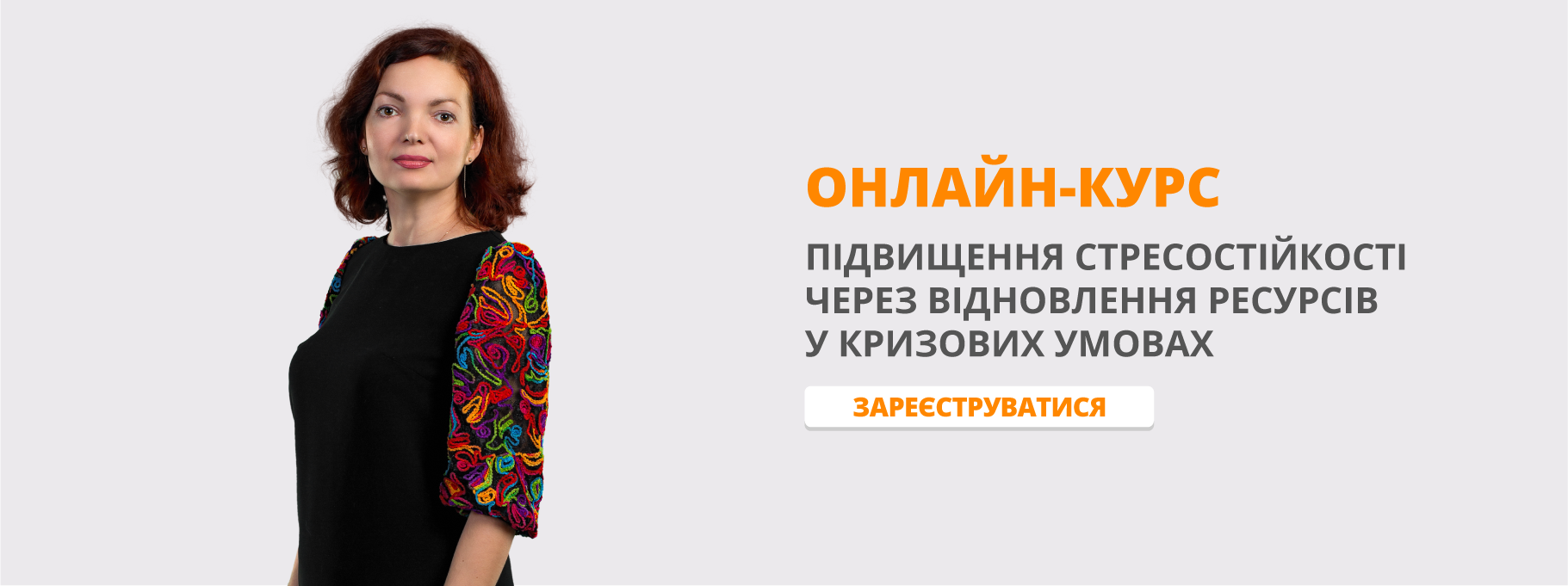Урок "Лондон-столиця Британії"
Тема: Лондон і його визначні місця.
Мета: ознайомити з новою лексикою теми;
навчати утворювати ступені порівняння багатоскладових
прикметників;
поглибити знання учнів про визначні місця Лондона;
навчити порівнювати історичні пам’ятки Великобританії та України;
виховати почуття причетності до світової історії та культури.
Обладнання: Підручник, робочий зошит, картки для самостійної
роботи (НО1).
ХІД УРОКУ
І. ПІДГОТОВКА ДО СПРИЙНЯТТЯ ІНШОМОВНОГО МОВЛЕННЯ
1.Привітання.
(Greeting)
- Stand up! Good afternoon, children! Nice to see you!
2.Повідомлення теми та мети. уроку.
(Aim)
Т: Today we'll have a very interesting topic — London. You'll know a lot about
this city and about the places of interest.
But first let's revise the modals and check your homework.
3.Перевірка домашнього завдання.
(Check on Homework)
РЗ, впр. З (с. 37—38).
Учитель просить двох-трьох учнів прочитати складені речення.
Учні по черзі називають модальні дієслова, які вони вибрали.
4.Уведення в іншомовну атмосферу.
(Warming up)
Учитель пише на дошці слова: capital, Eiffel Tower, Christopher
Wren, St Paul's Cathedral, St Sofia's Cathedral, Stonehenge, Carnegie Hall,
Seine, Big Ben, Statue of Liberty, Thames.
T: First, let's see, what you know about this city. Look at the words on the
blackboard and tell which of them are connected with our topic «London».
Учні називають слова, які пов'язані з темою «Лондон». Учитель коментує
їхній вибір:
Capital, because London is the capital of Great Britain.
Christopher Wren, because he was a famous English architect who built St Paul's
Cathedral.
St Paul's Cathedral is one of the most beautiful English churches.
Big Ben as it is the famous clock on the Houses of Parliament.
Thames — the big river in London.
II. ОСНОВНА ЧАСТИНА УРОКУ
1.Подання нового лексичного матеріалу.
(Presenting Vocabulary)
1) Впр. 1 (с. 68).
Т: Look at the picture and tell what buildings and places in the city you can see.
Учні розглядають малюнки й називають зображені на них будівлі.

2) P3, впр. 1 (с. 38).
Учні записують назви будівель, намагаючись не підглядати в підручники.
3) P3, впр. 2 (с. 68). Числівники.
Т: In the text we are going to read today some numbers. So let's practise them. Учитель пояснює слова hundred, thousand, million. Учні по черзі називають числівники, подані в тексті вправи.
4) РЗ, впр. 2(с. 39).
Учні записують числівники словами й ланцюжком читають речення. Т: Listen to the numbers. Circle the number you'll hear: 1) Seven hundred, 2) fourteen thousand, 3) one million, 4) thirty, 5) twelve thousand, 6) eight million, 7) fifty thousand, 8) sixteen million.
HO:
Вибери й обведи числівник, який ти почуєш.
1) 7,000; 17,000; 70,000
2) 140; 14,000; 14
3) 1,000,000; 1,000; 100
4) 13; 30; 33
5) 12,000; 20,000; 2,000
6) 8,000,000; 8,000; 800
7) 5,000; 50,000; 15,000
8) 16,000; 6,000,000; 16,000,000
2. Подання тексту для читання, впр. З (с. 69).
(Reading)
1) Етап підготовки до читання.
а) Активізація лексичного матеріалу.
Учні читають слова, подані перед текстом, і речення, які їх ілюструють.
б) Усна бесіда за малюнками до тексту.
Т: Look at the pictures on pages 69—71. What places of interest can you see there?
What do you know about them?
2) Етап читання.
T: Read the text quickly and write all the numbers you'll find.
Учні мовчки читають текст і виписують у зошити числівники: 8, 000,000,100, 10, 000.
Т: Which of the numbers refer to the streets of London/population of London/Tower Bridge?
Учні відповідають, після цього читають текст ланцюжком і перекладають його українською.
3) Етап перевірки розуміння змісту тексту.
Т:Are the following statements true or false?
НО1: Познач правильні (v) ma неправильні (x) твердження.
1. London is a capital city.
2. The population of London is about eight thousand people.
3. Tower Bridge crosses the river Thames.
4. Tower of London is a church.
5. Big Ben is a clock.
6. One of the oldest royal churches is Westminster Abbey.
7. There is only one park in London — Regent's Park.
8. Tube is the oldest metro in the world.
3. Подання граматичного матеріалу. Ступені порівняння багатоскладових прикметників.
(Presenting Grammar)
1) Усна бесіда.
Т: We said that when we want to compare two things, we use a comparative adjective and if we want to compare three or more things, we use a superlative adjective. If the adjective is short (e. g. big, long) we add suffixes -er, -est: big — bigger — the biggest. But if the adjective is rather long (e. g. beautiful, famous), we can't add suffixes -er, -est, because the words wouldn't sound good then. What shall we do? Look at the table and tell.
|
Adjectives |
||
|
Positive |
Comparative |
Superlative |
|
|
more + adj. |
most + adj. |
|
beautiful |
more beautiful |
(the) most beautiful |
|
comfortable |
more comfortable |
(the) most comfortable |
|
famous |
more famous |
(the) most famous |
Учні самостійно формулюють правило про утворення прикметників вищого ц найвищого ступенів порівняння, які мають три і більше складів.
Т: Look at the text «London» and find the examples of comparative and superlative adjectives there.
2)Bnp. 4 (c. 71—72).
Учні читають приклади прикметників, подані у вправі, і розглядають малюнки, які їх ілюструють. Потім читають речення з цими прикметниками.
3)Впр. 5 (с. 72).
Учні в зошитах записують прикметники у трьох ступенях порівняння. Учитель збирає зошити й перевіряє правильність виконання завдання.
ІІІ. ЗАКЛЮЧНА ЧАСТИНА УРОКУ
1. Домашнє завдання
(Homework)
Розповідати про Лондон за текстом впр. 3(с.69-70) – детальний переказ; РЗ, впр. 3 с. 39 (письмово)
2. Підведення підсумків уроку.
(Summarizing)
T: What fact about London you have learned today was the most interesting for you? Why?


про публікацію авторської розробки
Додати розробку
